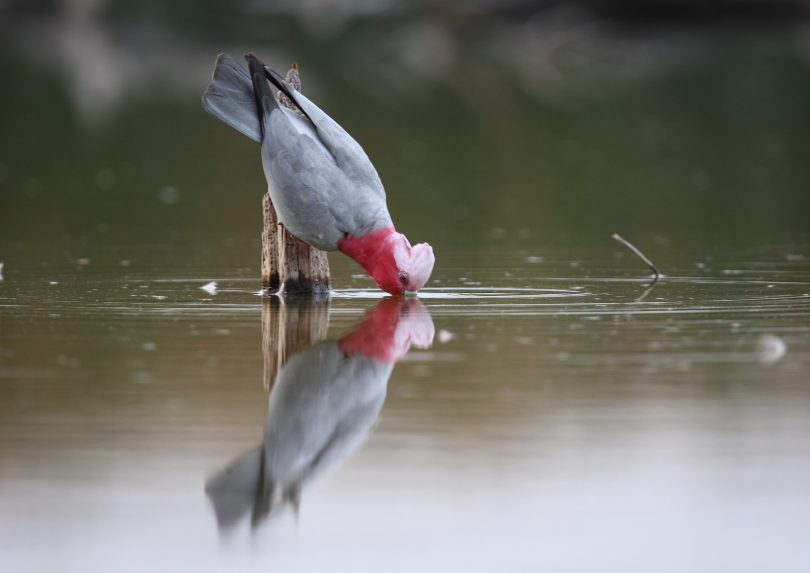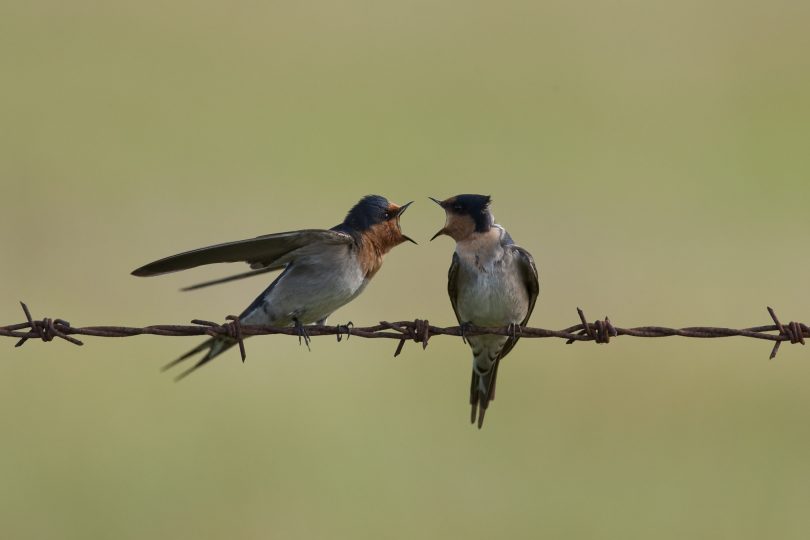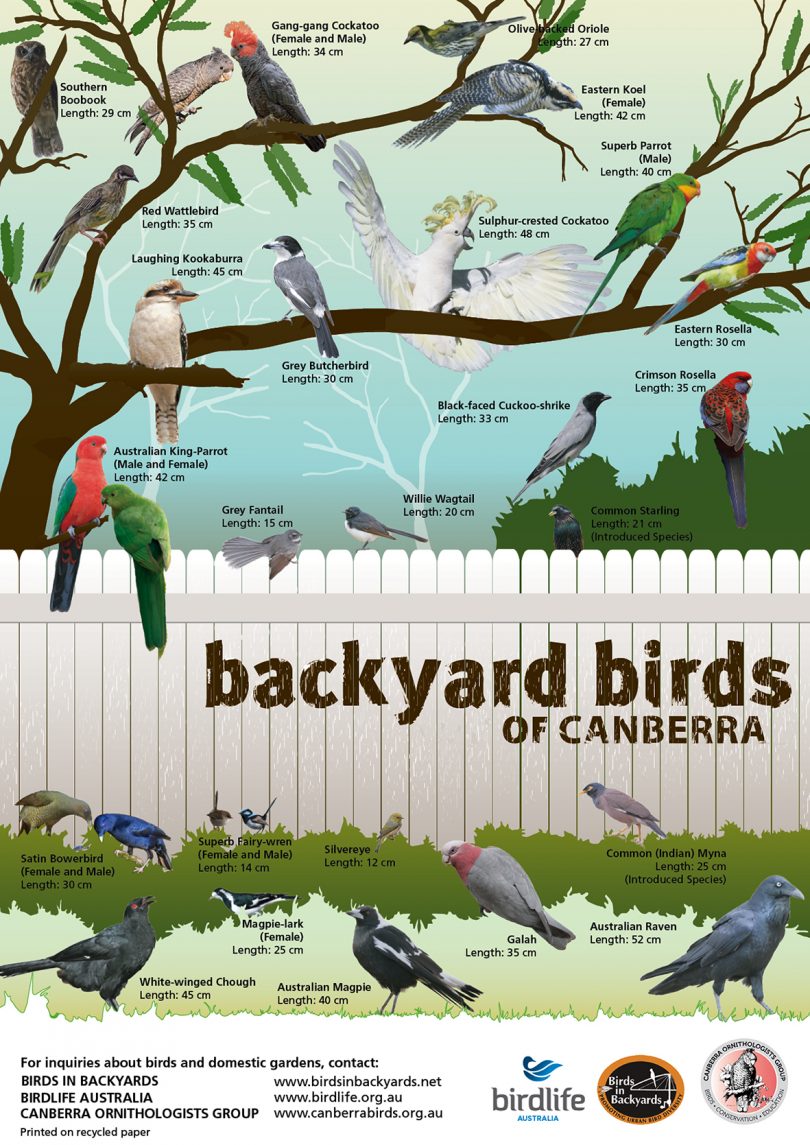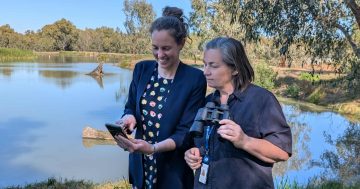
Galahs are one of the most common birds spotted in regional NSW. Photo: Georgina Steytler.
Following the devastating loss of wildlife during the Black Summer Bushfires, it is hoped this year’s Aussie Backyard Bird Count will reveal an increase in bird numbers in south eastern NSW.
From 18 – 24 October, BirdLife Australia is asking all Aussies to spend 20 minutes in their backyard or favourite outdoor space, identifying and counting birds before submitting results using the app or via the webform.
In its eighth year, the bird count takes contributions of more than 100,000 citizen scientists to create a snapshot of the state of Australia’s backyard birds and the population of different species.
The data collected assists BirdLife Australia in understanding more about the birds that live where people live.
Ecologist and Far South Coast Bird Watchers group member Steve Sass says the national bird count is a great activity and in the past, there has been lots of interest from bird lovers across the region.
“It’s a great way for us to learn more about bird trends and with the Black Summer Fires of 2019/2020, the data collected by our community help make more informed decisions regarding bird populations,” he said.
“As we know, the threatened gang gang cockatoo has plummeted in numbers since the fires so these surveys will help understand further how the population is going. ”
The Aussie Bird Count is a great way to connect with the birds in your backyard no matter where your backyard happens to be – in the suburbs, a local park, a patch of forest, down by the beach or the main street of town.
Mr Sass says he’s surprised by how many people count the birds in their backyards each year.
“Once you actually start to do the surveys, many people are surprised at how many species of bird visit their garden,” he added.
The results from previous Aussie Backyard Bird Counts year-on-year have revealed the loss of many of our once common small garden birds, such as the superb fairy-wren, silvereye and willie wagtail.
BirdLife Australia spokesperson Sean Dooley says superb fairy wrens have seen a significant drop off in reporting rates in cities such as Melbourne, Hobart and Sydney over the past seven years.
“These much-loved birds are usually found in suburbs that have corridors of native bushland close by, so their rapid disappearance, along with a number of other small bush birds, is cause for grave concern,” he added.

Australia’s most widespread swallow, the welcome swallow, can be seen fluttering, swooping and gliding in search of flying insects in almost any habitat. Photo: Andrew Silcocks.
Reports of the willie wagtail have reduced by about half since 2014 in Sydney, Melbourne, Adelaide and Darwin, with Perth being the only city to see an increase.
Mr Dooley said that over the past seven years backyard bird counters have spotted silvereyes less often, with a drop off of more than half in reported sightings in Sydney, Melbourne and Brisbane and significant declines in other capital cities.
“Smaller bush birds are most likely losing out in urban areas due to the loss of richness and diversity of habitat as urban sprawl and infill development, decreasing wild urban spaces,” he said.
“With fewer bushy gardens for these small birds to retreat to, we are losing them entirely from our cities.
“The downward trend may also be exacerbated by the rise of larger and more aggressive birds, in particular the noisy miner which can drive away smaller birds,” Sean Dooley said.
Participation in this year’s count will enable bird experts to determine if these trends are continuing for declining species and can help BirdLife Australia to determine the reasons for the declines.
“With more counters taking part every year, the picture we are building becomes more accurate and reliable,” Mr Dooley said.
“More counters in rural areas will also allow us to compare how birds are faring in the city as compared to out in the bush and the rest of the country.”
“The more counts that come in, the more confident we can be in what is happening and be able to take action to fix what’s causing these losses.”

NSW Birds. Photo: Aussie Backyard Bird Count.

Canberra Birds. Photo: Aussie Backyard Bird Count.
The count is a great opportunity for those still under lockdown restrictions in New South Wales and Canberra to use their time at home to help our native birds.
Participants can also help bird experts to see if the two most commonly recorded birds are still rainbow lorikeet and noisy miner.
These birds have been dominant in previous years after benefitting from decades of native tree planting in city parks and gardens.
For more information on the Aussie Backyard Bird Count go to www.aussiebirdcount.org.au
Original Article published by Katrina Condie on About Regional.








